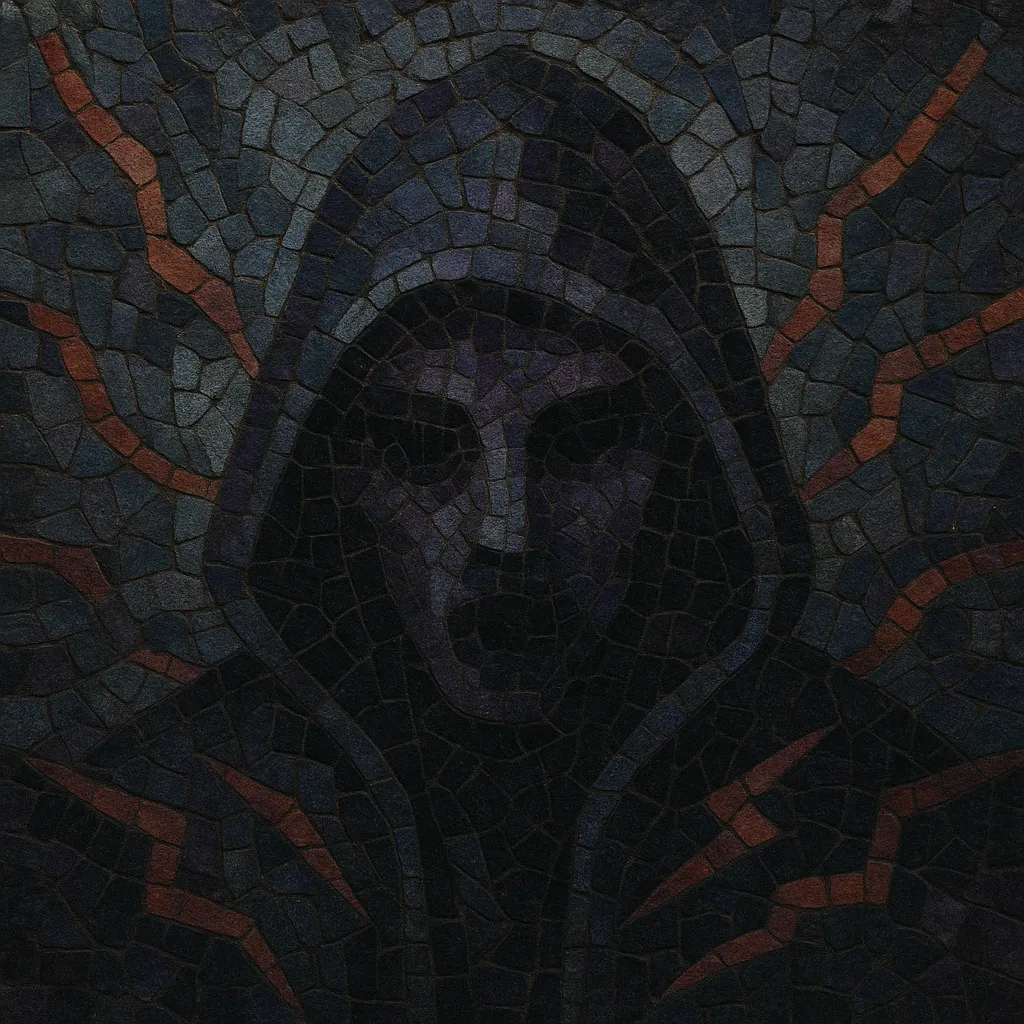HexD is a net-native microgenre and editing style that subjects rap, emo rap, and digicore/hyperpop vocals to heavy detuning, extreme bit-depth/sample-rate reduction, clipping, and cavernous reverb.
Instead of the bright, high-energy rush of nightcore or hyperpop, HexD inverts the palette: songs are slowed or pitch-shifted downward, vocals become monstrous or androgynous, and mixes feel foggy, corroded, and occult. The result is a hypnotic, haunted atmosphere that blends chopped-and-screwed pacing with witch-house gloom and glitchy, lo‑fi digital artifacts.
HexD is closely tied to online platforms (especially SoundCloud), where anonymous editors, small producers, and tight-knit collectives trade edits, covers, and original tracks that emphasize mood, texture, and internet-era gothic aesthetics over pristine fidelity.
HexD emerged organically on SoundCloud and adjacent online communities around 2019–2020. Young editors and producers began inverting familiar club/pop editing tropes by slowing tracks, pitching them down, and aggressively degrading the audio. The approach drew on chopped-and-screwed’s syrupy tempo, witch house’s occult aesthetics, and digicore/hyperpop’s DIY software-first production culture.
As the sound spread through playlists and micro-collectives, a shared toolkit took shape: drastic semitone drops, bitcrushing, sample-rate reduction, clipped 808s, blown-out masters, gloomy pads, and long, ghostly reverbs. Visual identity (unicode glyphs, black-and-neon palettes, VHS grime) reinforced the sense of a cursed or “hexed” internet artifact—hence the name.
HexD circulated via repost chains, private Discord servers, and scene pages rather than traditional labels. Many releases are edits or collaborative flips of rap and emo-leaning vocals, blurring lines between remix and original. The microgenre’s portability and low barrier to entry made it a fertile bridge between cloud rap, emo rap, and darker plugg variants.
By the mid‑2020s, HexD’s textural language—detuned vocals, degraded fidelity, oppressive ambience—filtered into darker corners of plugg, sigilkore, and experimental trap. While still niche, its influence is audible in broader online rap and underground pop scenes that favor mood-first, lo-fi maximalism.


